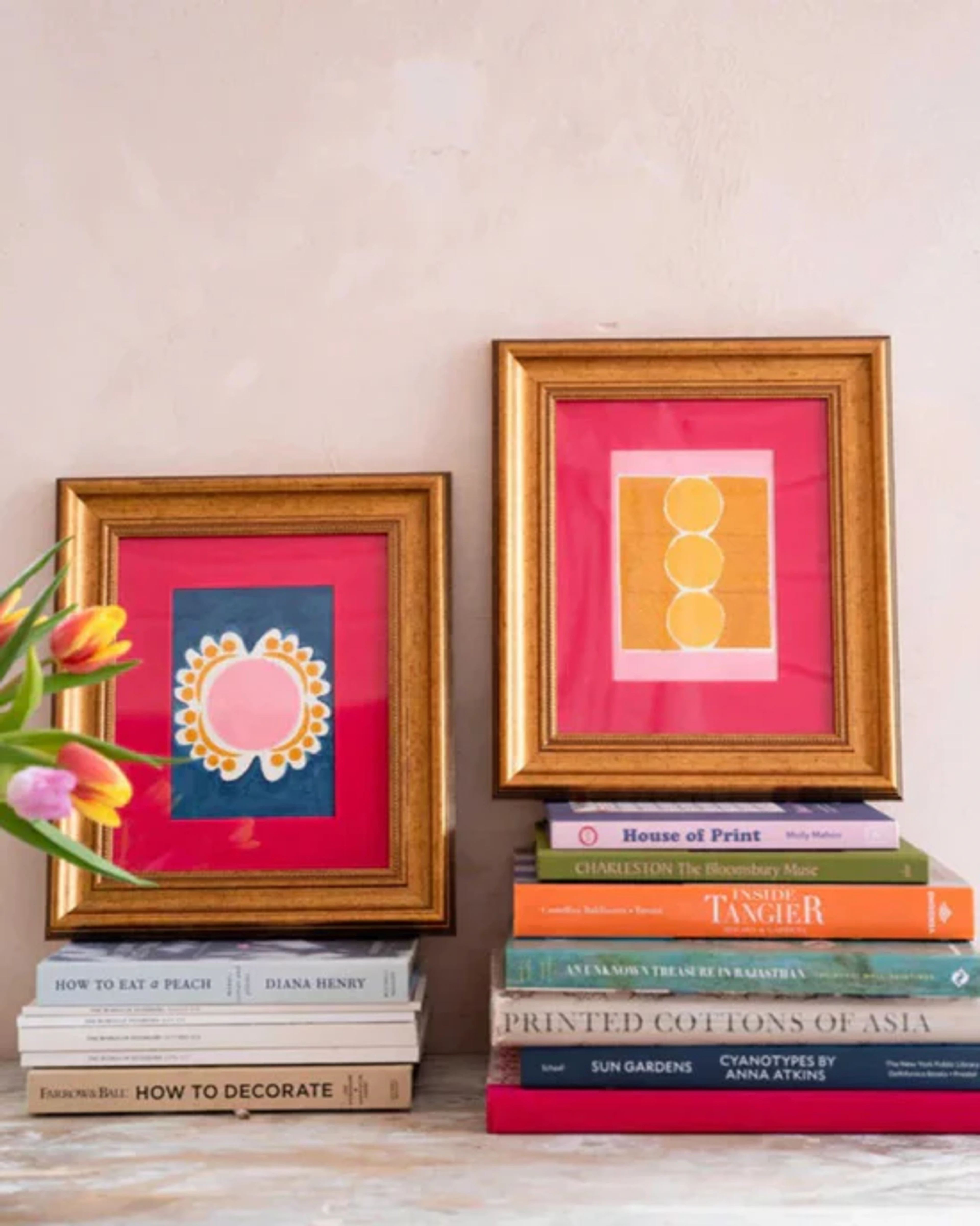
Best Art Cities: A Personal Journey Through Global Creativity
Dive into the world's best cities for arts & culture through an artist's eyes. Discover iconic museums, vibrant street art, hidden gems, and how travel fuels creativity. Includes personal anecdotes, practical tips for experiencing cities like a local, and finding inspiration for your own art.
Diving Headfirst into the World's Creative Heartbeats: Finding the Best Cities for Arts & Culture
Ever felt that pull? That deep-down craving for something more than just a pretty postcard view? I know I have. It's that feeling you get when you step off the train or plane, and the air just feels different, charged with a history or a contemporary buzz you can't quite put your finger on. I remember arriving in Berlin for the first time, stepping out of the U-Bahn station into a street covered in vibrant murals, the sound of distant music in the air, and thinking, "Okay, this is it." It was an immediate sensory jolt, a feeling that creativity wasn't just in buildings, but on them, around them, woven into the very fabric of the place. Let's be honest, travel is great. Seeing new places, trying new foods, escaping the daily grind... But there's a certain kind of travel that resonates differently, the kind that feeds your soul rather than just your Instagram feed. I'm talking about diving into cities that pulse with creativity, where history whispers from ancient stones and contemporary ideas explode onto canvas or stage. Finding the best art cities isn't just about ticking off famous museums; it's about immersing yourself in the arts and culture that shape a place's identity, feeling its unique rhythm. It's about finding the places that make you want to pick up a brush yourself, or at least see the world a little differently. Have you ever felt that energy? That sense of possibility just hanging in the air?
I remember my first trip to Paris. Sure, I went to the Louvre, battled the crowds for a glimpse of the Mona Lisa (a masterpiece, yes, but sometimes I wonder if the real art is navigating the sheer volume of people!). But the real magic happened wandering through Montmartre, stumbling upon tiny galleries, watching street performers, feeling the artistic energy that still lingers from the days of Picasso and Matisse. It wasn't just seeing art; it was feeling it, letting it seep into my bones. That's what this guide is about – finding those cities where art isn't just housed in buildings, it is the building, the street, the air. It's about chasing that feeling, that connection to the creative pulse of humanity.
What Actually Makes a City an "Art & Culture Hub"?
So, what are the ingredients for a truly thriving arts and culture scene? It's easy to slap a label on a city, but I reckon it's a cocktail of things, a complex ecosystem where creativity can flourish. What do you feel makes a city pulse with creative energy? For me, it's a blend of these elements, a kind of creative alchemy that makes a place feel alive and inspiring:
- World-Class Museums & Galleries: Okay, the big names matter. Cities with institutions like the Louvre, the Uffizi in Florence, or the Met in NYC offer unparalleled access to the history of art. Visiting these giants is like getting a masterclass in art history, a chance to stand before works you've only seen in books and feel their presence. But don't forget the smaller, specialized museums and the myriad of commercial galleries showcasing everything from Old Masters to contemporary artists. Exploring these smaller spaces is crucial – it's where you often find emerging talent and get a real sense of the current pulse of the art world, not just its past. You can find some of the best galleries for modern art in surprising places, tucked away on quiet streets. It's in these smaller spots that you might just find a piece that speaks directly to you, maybe even something you'd consider buying. And let's not forget the buildings themselves – many museums are architectural marvels, works of art in their own right, like the stunning structure housing the Musée d'Orsay or the iconic spiral of the Guggenheim.
- Living History: Cities steeped in history often wear their past on their sleeve. Think Roman ruins in Rome, Renaissance architecture in Florence, or beautifully preserved districts like the Marais in Paris. This historical backdrop provides context and depth to the art scene, showing how creativity has evolved over centuries. Walking these streets, you're literally treading on layers of history, seeing how past lives and ideas have shaped the present. It's like the city itself is a layered canvas, each era adding a new dimension.
- Vibrant Performing Arts: Theatre, opera, ballet, live music – a city's cultural richness extends far beyond the visual. Catching a local performance can be just as insightful as visiting a gallery. Imagine the energy of a Tango show in Buenos Aires, the raw power of experimental theatre in Berlin, or the sheer spectacle of Broadway in NYC. It's art that breathes and moves, often telling stories about the city and its people in ways static art cannot. I once saw a tiny, independent play in a Berlin basement that felt more profound than any blockbuster.
- Street Art & Public Installations: Art isn't confined to indoor spaces. Cities embracing murals, graffiti (the artistic kind!), and public sculptures offer constant, accessible visual stimulation. Think the powerful murals of the East Side Gallery in Berlin, the colourful street art in Buenos Aires' La Boca, or the ever-changing canvases of London's Shoreditch. It's art for everyone, right there on the street, often telling stories the museums can't, reflecting the city's current mood and social landscape. It's like the city is having a conversation with itself, out in the open.
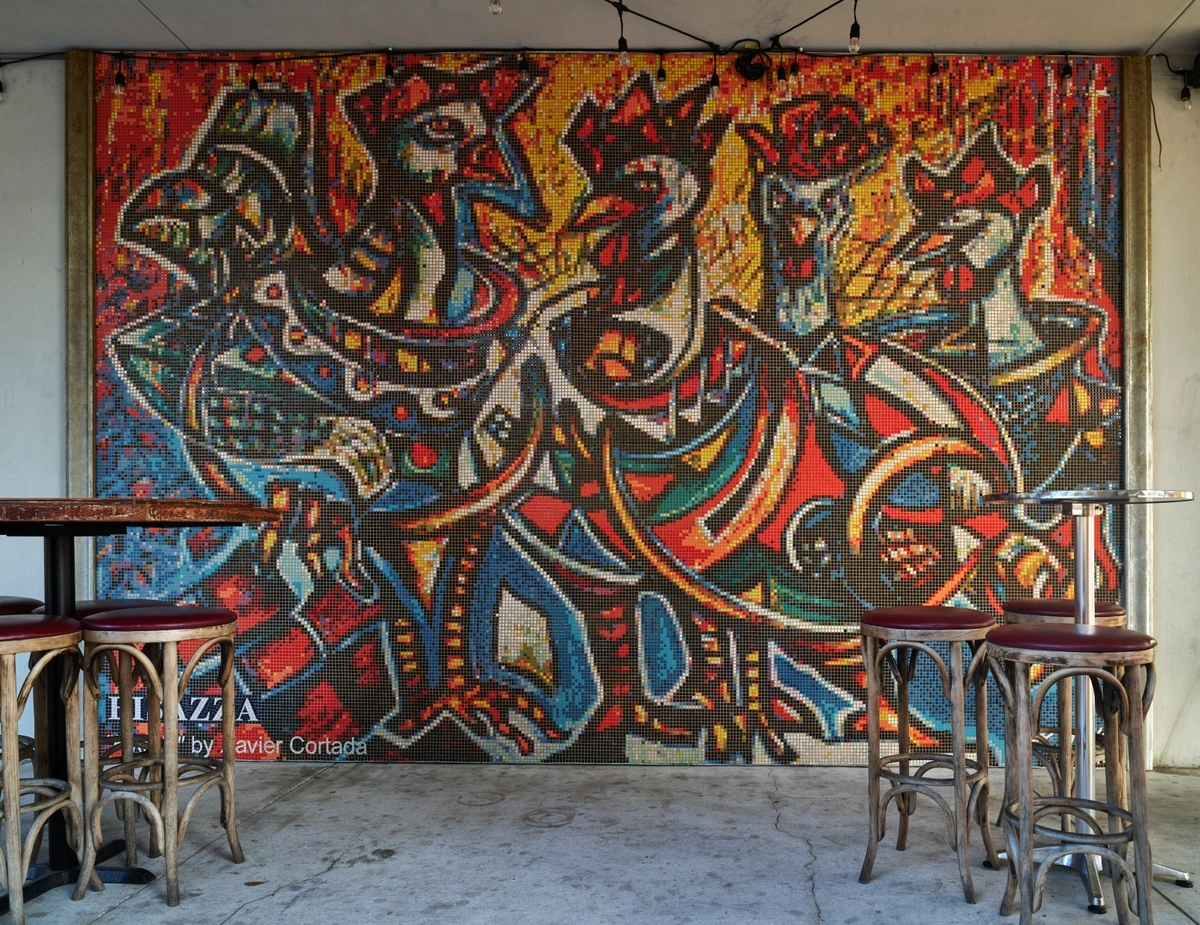
- Festivals & Events: Film festivals, biennales (large-scale international art exhibitions, often held every two years), music festivals, cultural celebrations – these events inject energy and showcase the city's dynamic cultural life. Planning a trip around an art fair? Smart move. The Venice Biennale, Art Basel, or even smaller local art walks can completely transform a city's vibe, bringing a temporary but intense focus on creativity. It's like the city throws a party, and art is the guest of honor.
- Creative Communities: Look for cities with thriving artist communities, design districts, artisan workshops, and a general buzz of creative energy. It's often where the next big thing originates, fueled by collaboration and shared passion. Think the studios of Montmartre or the gallery scene in NYC's Chelsea. These are the beating hearts, the places where you might glimpse artists at work or stumble into a pop-up show. Places like the Bushwick neighborhood in Brooklyn, NYC, are famous for their concentration of artist studios and vibrant street art, often hosting open studio events. Encountering this energy makes the city feel alive and forward-looking.
- Education & Institutions: A city's art scene is nurtured by its foundations. World-class art schools, universities with strong arts programs, and cultural research institutions are vital. They train the next generation of artists, curators, and thinkers, ensuring the scene remains vibrant and forward-looking. University art galleries, for instance, can be incredible hidden gems, showcasing student work or specialized collections. It's where the future of art is being shaped.
- Funding & Support: Behind the scenes, public grants, private foundations, and cultural policies play a huge role. Cities that invest in their arts infrastructure, support artists directly, and encourage public art initiatives create an environment where culture can truly thrive, not just survive. The involvement of private collectors and corporate sponsorship also plays a significant role, funding exhibitions, acquiring works, and sometimes even establishing their own public-facing collections. It's the invisible scaffolding that allows creativity to reach new heights.
- Cultural Diversity: This is huge. Cities that are melting pots of different cultures, languages, and perspectives inevitably produce richer, more dynamic, and more interesting art and culture. Diverse influences spark new ideas and create unique fusions, like the blend of indigenous and European influences in Mexico City or the myriad of global influences in London. It's the spice of the cultural stew, constantly adding new flavors and textures.
- Culinary Arts: Yes, food is culture! In this context, it's not just about eating well (though that's a bonus!). It's about food as craft, as cultural expression, as a way to understand history and community. Think about how traditional dishes tell stories of migration or how innovative chefs are pushing boundaries just like contemporary artists. Food markets, traditional cooking methods, and innovative culinary scenes are all part of the cultural tapestry, often influencing or being influenced by the visual and performing arts around them. Taking a cooking class or simply exploring a bustling food market can be a deeply cultural experience.
- Architecture & Design: Beyond just historical buildings, a city's architecture and design scene are integral to its cultural identity. Bold modern structures, innovative urban planning, and design districts showcase contemporary creativity and shape the urban experience. Think the striking modern architecture of Rotterdam, the futuristic elements of Tokyo, or the grand historical buildings of Vienna. The buildings themselves are often masterpieces, shaping how you move through and feel the city.
- Literature & Writing: Cities have long been muses and homes for writers. Think of the literary cafes of Paris, the Beat Generation haunts in NYC, or the rich storytelling traditions woven into places like Dublin or Mexico City. A city's literary scene, its bookstores, libraries, and the stories it inspires, are a profound part of its cultural identity.
- Film & Media: The film industry, independent cinemas, media hubs, and film festivals are significant cultural forces. Cities like Los Angeles, New York, Berlin, and Mumbai have distinct cinematic identities and industries that contribute to their creative pulse.
- Accessibility & Vibe: How easy is it to get around? Is the city walkable? Does it feel inspiring and welcoming to explorers? Sometimes, it's just a vibe – that intangible energy that makes you feel alive and open to discovery. Paris has its romantic charm, Berlin its gritty edge, and Tokyo its buzzing futurism. It's the feeling you get when you step out onto the street, the sense that anything could happen, that creativity is just around the corner. It's the city's personality, and it's crucial to the overall cultural experience.
The Titans: Unmissable Global Art Capitals
Okay, you've done the big ones, seen the blockbusters. Ready to dig a little deeper? While the titans deservedly get the spotlight, countless other cities offer incredible, sometimes more niche, edgy, or simply different arts and culture experiences. Limiting yourself to the 'big four' would be a mistake – sometimes the most rewarding discoveries are off the beaten path, where the scene feels a bit more raw and personal. And let's be honest, navigating the less-trodden paths can lead to some wonderfully relatable travel struggles, like trying to find that one tiny gallery you read about online, only to discover it's moved or is hidden down an unmarked alley. Ah, the adventure! Or maybe you just end up walking in circles for an hour, convinced you saw that amazing mural just around the last corner. It happens.
Some cities are simply non-negotiable destinations for art lovers. They are the heavyweights, the undisputed champions of culture. If the ingredients above are the cocktail, these cities have perfected the recipe, blending history, innovation, and sheer volume into intoxicating cultural experiences. While this list isn't exhaustive (how could it be?), these are absolute must-sees, places where you can feel the weight of art history all around you.
1. Paris, France: The Grand Dame of Art
Where history whispers and creativity blooms on every corner.
Ah, Paris. It almost feels cliché, but for good reason. From the monumental collections of the Louvre (where you can spend days getting lost among masterpieces like the Mona Lisa or the Venus de Milo – seriously, the Louvre is so vast you could get lost and accidentally find a new wing, or just end up back where you started, slightly dazed) and the Musée d'Orsay (housed in a stunning former railway station, a work of art itself) to the modern masterpieces at the Centre Pompidou and the intimate charm of the Musée Rodin or Musée Picasso, Paris is saturated with art. The city's art scene feels like a romantic, layered history book, where Impressionism and Post-Impressionism still feel alive in the light and atmosphere. I remember getting delightfully lost in the Marais, stumbling into a tiny courtyard gallery I'd never read about, or just sitting at a café in Montmartre, sketching, and feeling the echoes of artists past – a palpable sense of history and creative endeavour in the very air. Wander through Le Marais for contemporary galleries, soak in the history of Montmartre, or simply sit at a café and watch the world go by – it's all part of the Parisian cultural experience. Don't forget the street art and the sheer architectural beauty at every turn, like the stunning stained glass of Sainte-Chapelle. It's overwhelming, yes, but gloriously so. Navigating Paris is relatively easy with its excellent Metro system, but be prepared for crowds, especially at the major attractions. Booking tickets online is not optional if you want to see the Mona Lisa without spending half your day in a queue. For a deeper dive, check out our guide to the best art galleries in Paris.
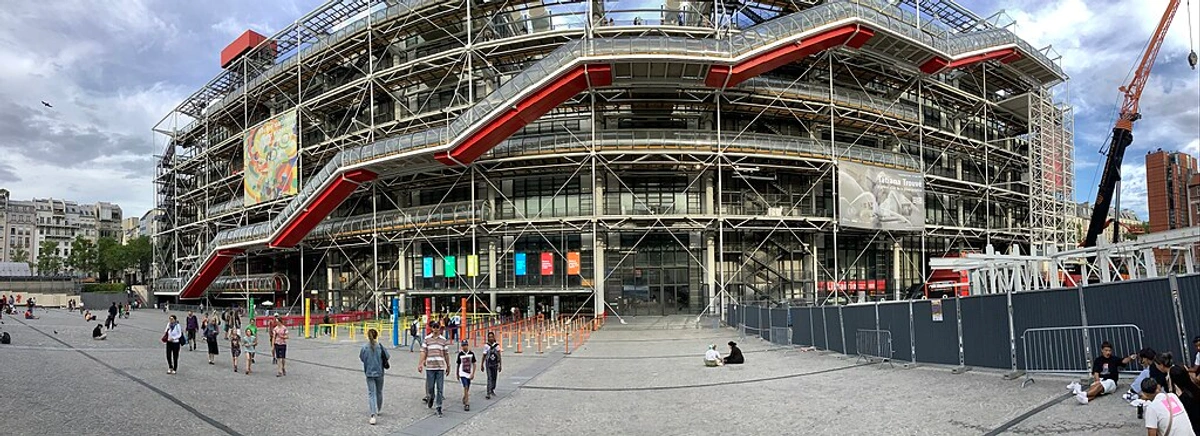
2. Florence, Italy: Birthplace of the Renaissance
Where every stone tells a story of artistic revolution.
Walking through Florence is like stepping back in time. This is where the Renaissance exploded, and the evidence is everywhere. The Uffizi Gallery holds an unparalleled collection of Italian Renaissance art (book tickets way in advance, trust me, you don't want to miss Botticelli's Birth of Venus or Titian's Venus of Urbino). Michelangelo's David at the Accademia Gallery is simply breathtaking – seeing it in person is a moment that stays with you, a true connection to genius across centuries. The art scene here feels deeply historical, almost reverent, focused on the masters who changed the course of art forever. But Florence isn't just about the past. Explore the Oltrarno district for artisan workshops, where traditional crafts like leatherworking, ceramics, and gold leaf are still practiced, offering a living connection to the city's artistic heritage. Discover smaller galleries, and enjoy the vibrant Tuscan culture. The sheer concentration of masterpieces here is staggering, almost dizzying. Florence is a wonderfully walkable city, with most major sites within easy reach, but navigating the narrow, crowded streets can be a challenge, especially in peak season. Our guide to Florence's galleries can help you navigate. It's a city that truly lives and breathes its artistic past.
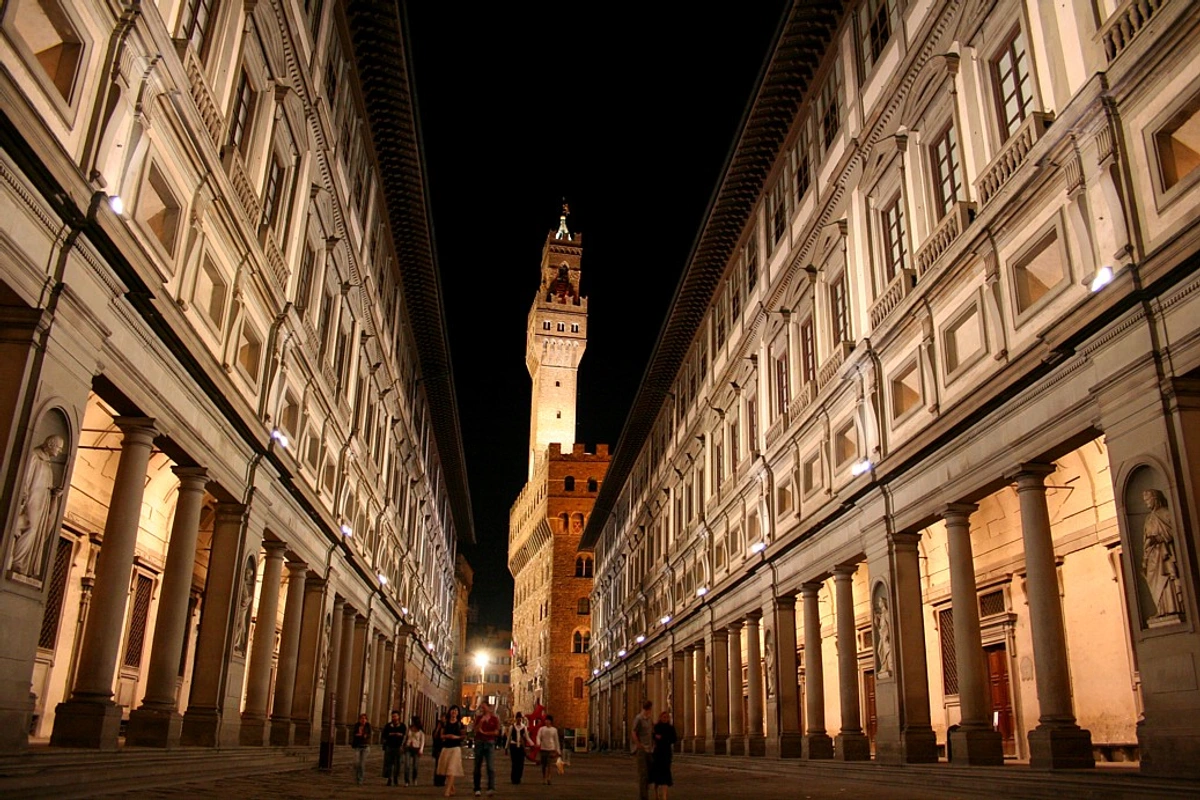
3. New York City, USA: The Modern & Contemporary King
Where the pulse of the art world beats with relentless energy.
If Paris is the Grand Dame, NYC is the vibrant, energetic pulse of the modern and contemporary art world. The Metropolitan Museum of Art (The Met), the Museum of Modern Art (MoMA – home to iconic works like Van Gogh's Starry Night and Picasso's Les Demoiselles d'Avignon), the Guggenheim (a Frank Lloyd Wright masterpiece in itself), the Whitney – the list of world-class institutions is endless. The art scene here is fast-paced, competitive, and constantly reinventing itself, with a strong focus on the contemporary market and emerging trends. I remember spending hours just wandering Chelsea, popping into gallery after gallery, feeling the sheer scale and speed of the art market here, the buzz of conversations about the next big thing spilling onto the sidewalks. Dive into the gallery scenes in Chelsea (known for established contemporary galleries), SoHo (more diverse, from commercial to experimental), and the Lower East Side (a hub for emerging artists and smaller spaces) (our NYC gallery guide has tips). Catch a Broadway show, explore diverse neighborhoods pulsing with their own unique cultures, and feel the relentless energy that fuels creativity here. From grand museums to gritty street art in places like Bushwick, NYC has it all. It's one of the best art cities in the US, hands down. Navigating NYC requires mastering the subway or being prepared for expensive taxis, as the art scene is spread across different boroughs and neighborhoods. The sheer volume of options can be overwhelming – you simply can't see everything, but trying is half the fun (and half the exhaustion!).
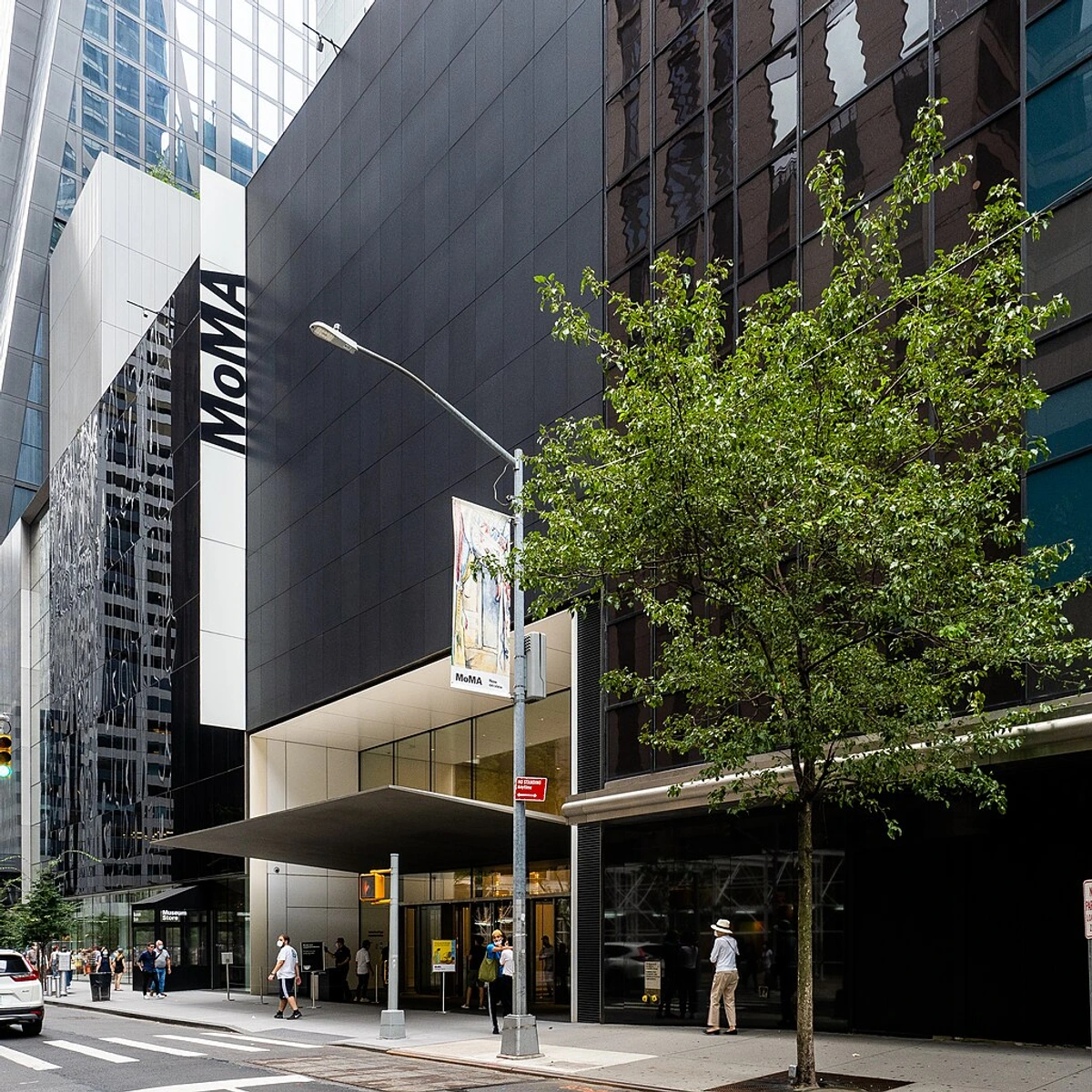
4. London, UK: History Meets Avant-Garde
Where ancient treasures meet cutting-edge expression.
London offers a brilliant blend of historical depth and cutting-edge contemporary art. The National Gallery (home to everything from Renaissance masters to Impressionists), the British Museum (housing treasures from across the globe, like the Rosetta Stone), Tate Britain, and Tate Modern (where you can see Rothko's Seagram Murals) provide anchor points. The city's energy lies in its incredibly diverse and global art scene, reflecting its status as a major international hub, with a strong emphasis on both historical collections and dynamic contemporary movements. But the real magic is in its diverse neighborhoods. Explore the galleries of Mayfair (high-end) and Shoreditch (street art and contemporary) (see our London gallery guide), discover vibrant street art in East London, visit world-class theatre in the West End, and explore countless smaller museums like the Victoria and Albert Museum (design and decorative arts) or the Design Museum. For a truly unique experience, check out Sir John Soane's Museum, the eccentric former home of an architect, packed floor-to-ceiling with artifacts and art – it feels like stepping into a cabinet of curiosities. London's cultural landscape is vast, varied, and constantly evolving. It's a city that feels both ancient and utterly contemporary, where you can walk past Roman ruins on your way to a pop-up gallery. Getting around London is easy with the Tube, but distances between major sites can be significant, and museum entry policies vary (some free, some paid). The sheer scale of the city's offerings can be daunting – trying to see it all is a fool's errand, but a glorious one.
Beyond the Obvious: Rising Stars & Unique Gems
So, you've conquered the giants, navigated the crowds, and felt the weight of art history. What's next? Ready to dig a little deeper and find those places where the creative pulse might be a little less shouted about, but just as vibrant? While the titans deservedly get the spotlight, countless other cities offer incredible, sometimes more niche, edgy, or simply different arts and culture experiences. Limiting yourself to the 'big four' would be a mistake – sometimes the most rewarding discoveries are off the beaten path, where the scene feels a bit more raw and personal. And let's be honest, navigating the less-trodden paths can lead to some wonderfully relatable travel struggles, like trying to find that one tiny gallery you read about online, only to discover it's moved or is hidden down an unmarked alley. Ah, the adventure! Or maybe you just end up walking in circles for an hour, convinced you saw that amazing mural just around the last corner. It happens.
1. Berlin, Germany: Raw, Creative, and Ever-Changing
Where history's scars fuel an explosive contemporary scene.
Berlin doesn't have the polished sheen of Paris, but it has a raw, creative energy that's infectious. From the historical weight of Museum Island (a UNESCO World Heritage site packed with incredible institutions like the Pergamon Museum and the Gemäldegalerie) to the vibrant East Side Gallery (a preserved section of the Berlin Wall covered in powerful murals) and countless independent galleries and project spaces, Berlin is a hub for artists and creatives. Its affordability (historically, though rising) has fostered a dynamic, experimental scene, particularly strong in contemporary and street art. I remember wandering through Kreuzberg, finding pop-up galleries in unexpected places – that's the Berlin magic, a sense that creativity is bubbling up everywhere. For a taste of its experimental performing arts, look for venues like the Volksbühne or smaller independent theatres in Neukölln. It's arguably the best art city in Europe for contemporary edge. Getting around Berlin is easy with public transport, but the city is sprawling, so plan your gallery hopping routes. The sheer volume of small, independent spaces means you'll need to do some digging to find what interests you most, but that's part of the fun. It's a city that constantly reinvents itself through art.
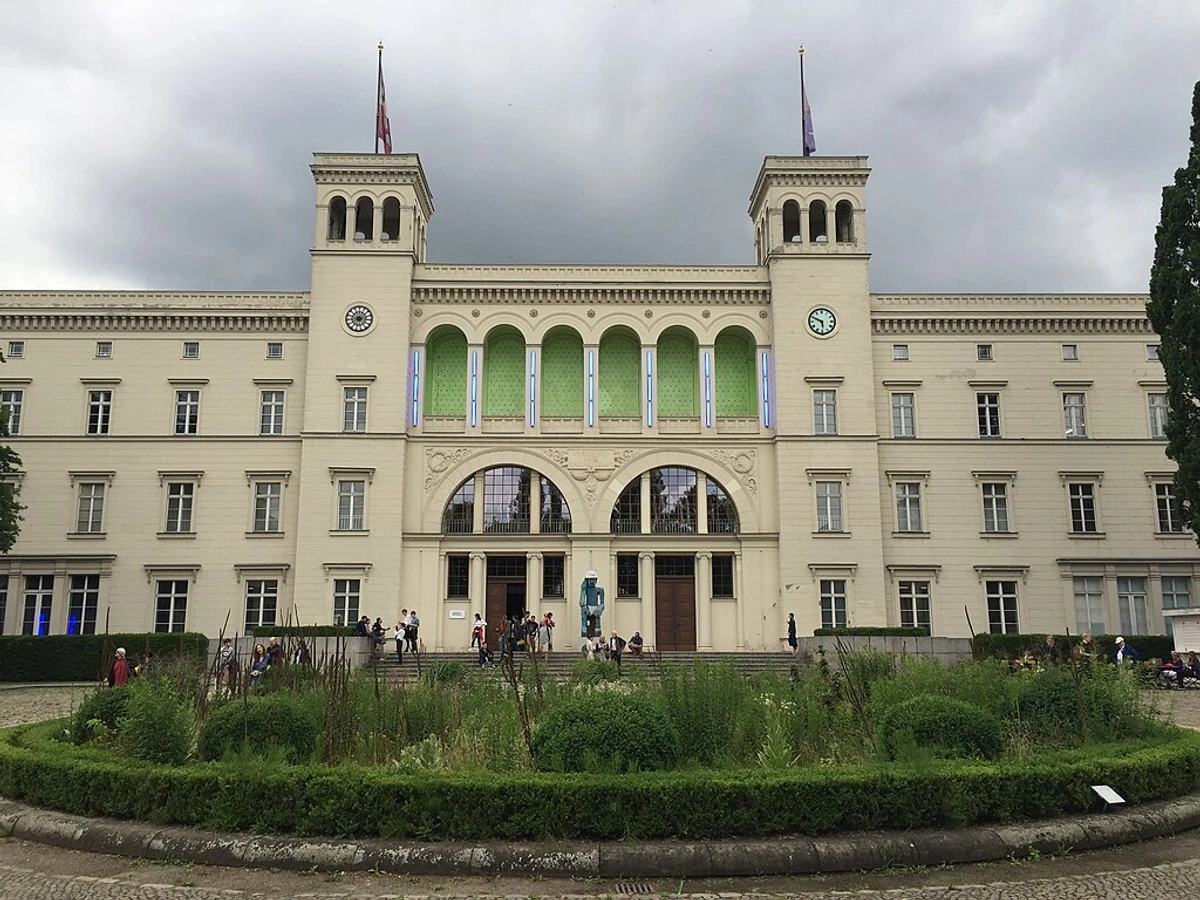
2. Mexico City, Mexico: History, Murals, and Frida
A vibrant explosion of colour, history, and artistic passion.
Mexico City is a vibrant metropolis bursting with history, color, and powerful art. Explore ancient Aztec sites, marvel at the massive murals by Diego Rivera and others (Muralism is huge here, telling the story of Mexico on public walls), visit the iconic Casa Azul (Frida Kahlo's home and museum – a deeply personal and moving experience), and explore world-class museums like the Museo Nacional de Antropología. The energy is palpable, the food scene is incredible, and the blend of indigenous history, colonial past, and modern creativity is unique. The art scene feels deeply connected to the country's history and social movements, with a strong emphasis on public art and powerful narratives. Beyond the famous muralists, the city has a thriving contemporary scene, with galleries in neighborhoods like Roma and Condesa showcasing diverse modern Mexican and international artists. It's a city that feels alive with stories, where the smell of street food mingles with the scent of history. Navigating Mexico City can be challenging due to its size and traffic, but the Metro and ride-sharing are options. Be prepared for sensory overload – in the best possible way! Trying to see all the murals could take weeks, but just stumbling upon one is a moment of pure joy. It's a city that wears its heart on its sleeve, painted on its walls.
3. Tokyo, Japan: Tradition Meets Futurism
Where ancient serenity meets dazzling digital innovation.
Tokyo offers a fascinating blend of ancient traditions and hyper-modern culture. Explore serene temples and gardens alongside cutting-edge digital art installations (like teamLab Borderless – an absolute must-see sensory explosion). Major museums like the Tokyo National Museum and the Mori Art Museum offer diverse collections, while districts like Ginza and Roppongi host numerous contemporary galleries. Immerse yourself in everything from traditional Kabuki theatre to vibrant pop culture and manga. The art scene here is a captivating juxtaposition of centuries-old crafts (like woodblock printing) and futuristic digital experiences, often with a focus on design and technology. The city's design scene, encompassing fashion, graphic design, architecture, and product design, is a major cultural force, constantly pushing boundaries. It's a sensory explosion and a top contender for the best art city in Asia. I felt completely transported, constantly surprised by the juxtapositions, like stumbling upon a quiet shrine tucked between gleaming skyscrapers. Tokyo's public transport is famously efficient, making it easy to navigate, but the sheer scale and density of the city can be overwhelming. Booking popular digital art experiences well in advance is essential. And yes, getting lost in a maze of tiny, fascinating shops is part of the experience. It's a city that constantly surprises and inspires.
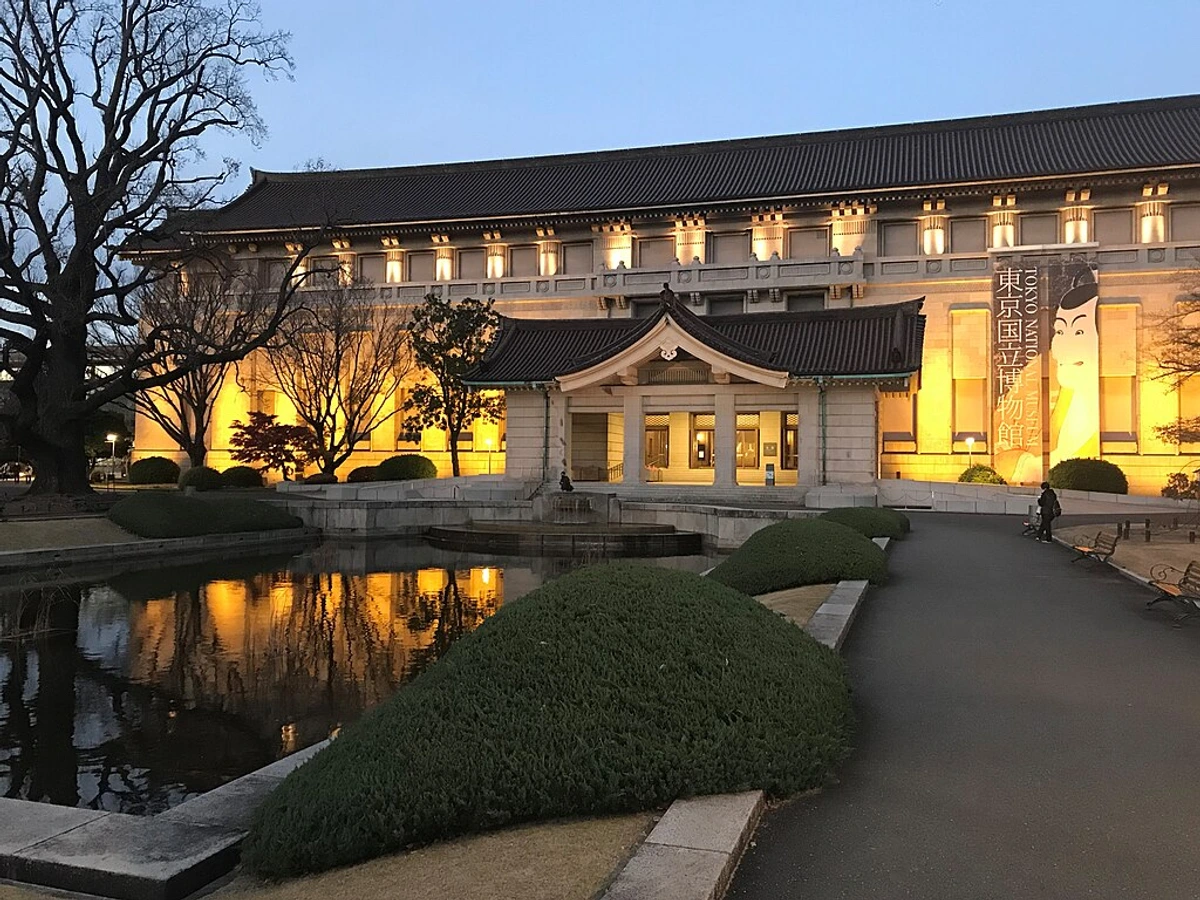
4. Amsterdam & The Netherlands: Masters, Modernism, and More
A compact country packed with artistic treasures, from Old Masters to contemporary cool.
Okay, maybe I'm biased, living here, but the Netherlands punches way above its weight culturally. Amsterdam is the obvious star, with the Rijksmuseum (home to Rembrandt's Night Watch), the Van Gogh Museum (an absolute pilgrimage for fans), and the Stedelijk Museum for modern and contemporary art. The Dutch art scene is characterized by its rich history (Golden Age masters!) and a strong contemporary design and photography focus. Check out Foam, the photography museum, or the Nxt Museum for new media art. But don't stop there! Rotterdam offers bold modern architecture and art (like the Cube Houses), The Hague boasts the Mauritshuis (Vermeer's Girl with a Pearl Earring), and cities like Utrecht and my own 's-Hertogenbosch (home to the Jheronimus Bosch Art Center and my own little museum space) offer unique charms. It's compact, easy to navigate, and full of artistic treasures. I love how accessible art feels here, from world-class museums to small independent spaces. It's easy to travel between cities by train, making it possible to see a lot in a short time. Just try not to get run over by a bicycle – that's the real Dutch challenge. Check our guide to the best art cities in the Netherlands. It's a country where art is woven into the landscape and the daily rhythm.
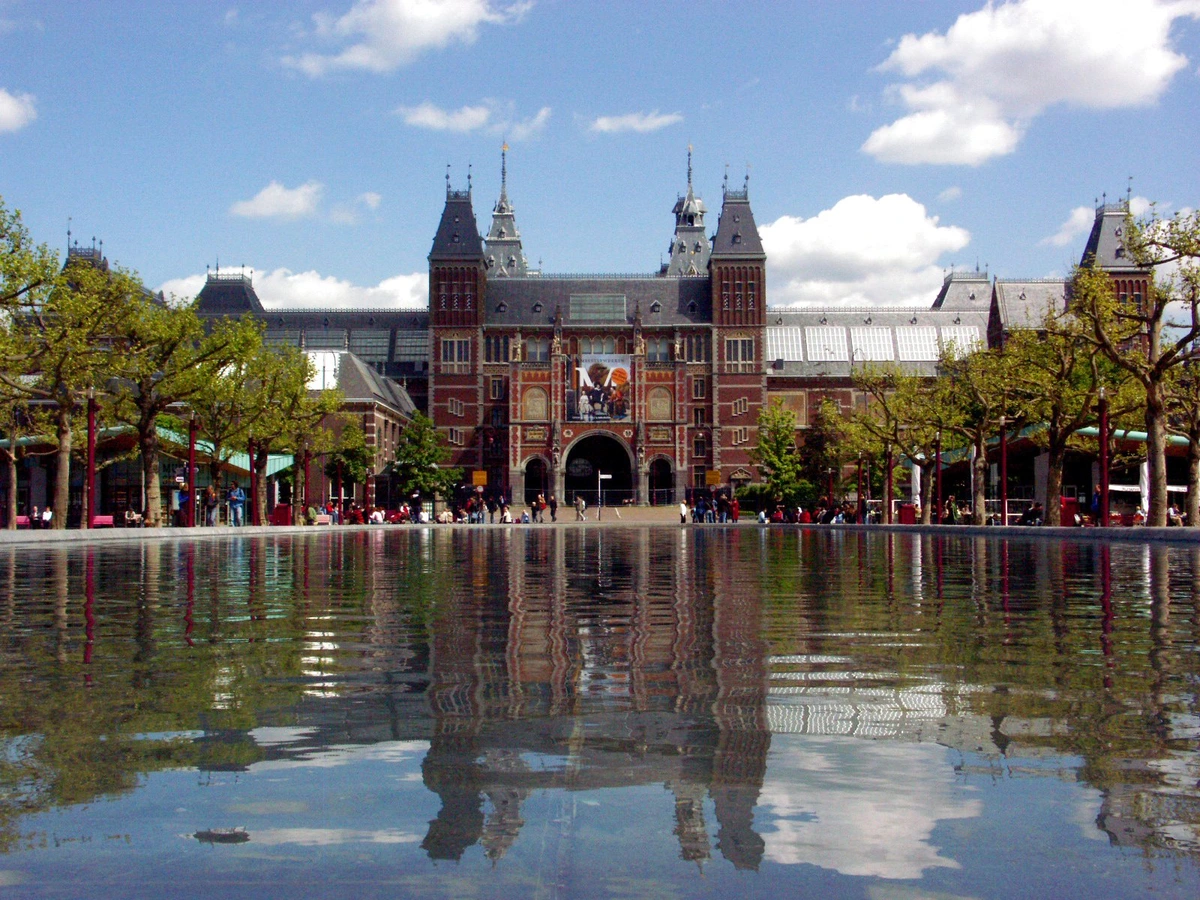
5. Buenos Aires, Argentina: The South American Pulse
Where European elegance meets Latin American fire, expressed through Tango and street art.
Stepping into Buenos Aires feels like stepping into a passionate, artistic embrace. Known as the "Paris of South America," it blends European grandeur with Latin American fire. The city is famous for its vibrant street art (especially in neighborhoods like La Boca and Palermo), the sensual dance of Tango (a cultural art form in itself, with countless milongas or dance halls to experience), and a thriving theatre scene (check out the Avenida Corrientes, often called the "Broadway of Buenos Aires"). Museums like MALBA (Latin American Art Museum of Buenos Aires) showcase incredible regional modern and contemporary art. Wander through the Recoleta Cemetery, a stunning outdoor sculpture garden and architectural marvel. The energy, the color, the music – it all contributes to a powerful cultural experience that feels both sophisticated and raw. The art scene here is dynamic and expressive, deeply tied to the city's identity and history, with a particular strength in street art and performance. It's a city that truly lives and breathes creativity. Buenos Aires is quite walkable in many central areas, but taxis or ride-sharing are needed to cover longer distances between neighborhoods. Be mindful of your surroundings, especially when exploring street art areas – sometimes the most vibrant spots are also the most... lively. It's a city that invites you to feel its rhythm.
6. Rome, Italy: A Living Museum
Where ancient grandeur and artistic masterpieces are woven into the city's soul.
Rome isn't just a city with art; it is art. Every corner, every piazza, every crumbling ruin tells a story. Beyond the overwhelming scale of the Vatican Museums (hello, Sistine Chapel!) and the iconic Colosseum, Rome offers a treasure trove of artistic experiences. Explore churches filled with Caravaggio masterpieces (often free to enter!), wander the Forum and feel the weight of history, or marvel at the Baroque fountains and sculptures scattered throughout the city. The art here is monumental, deeply spiritual for many, and inextricably linked to centuries of power and faith. While its historical art is paramount, Rome also has a growing contemporary scene, with institutions like MAXXI (National Museum of 21st Century Arts) showcasing modern Italian and international work. It's a city that demands you slow down and simply be in its presence. Navigating Rome can be a mix of walking, metro, and buses, and comfortable shoes are non-negotiable. Trying to see everything is impossible, so pick your historical and artistic battles wisely. It's a city that whispers stories from millennia past.
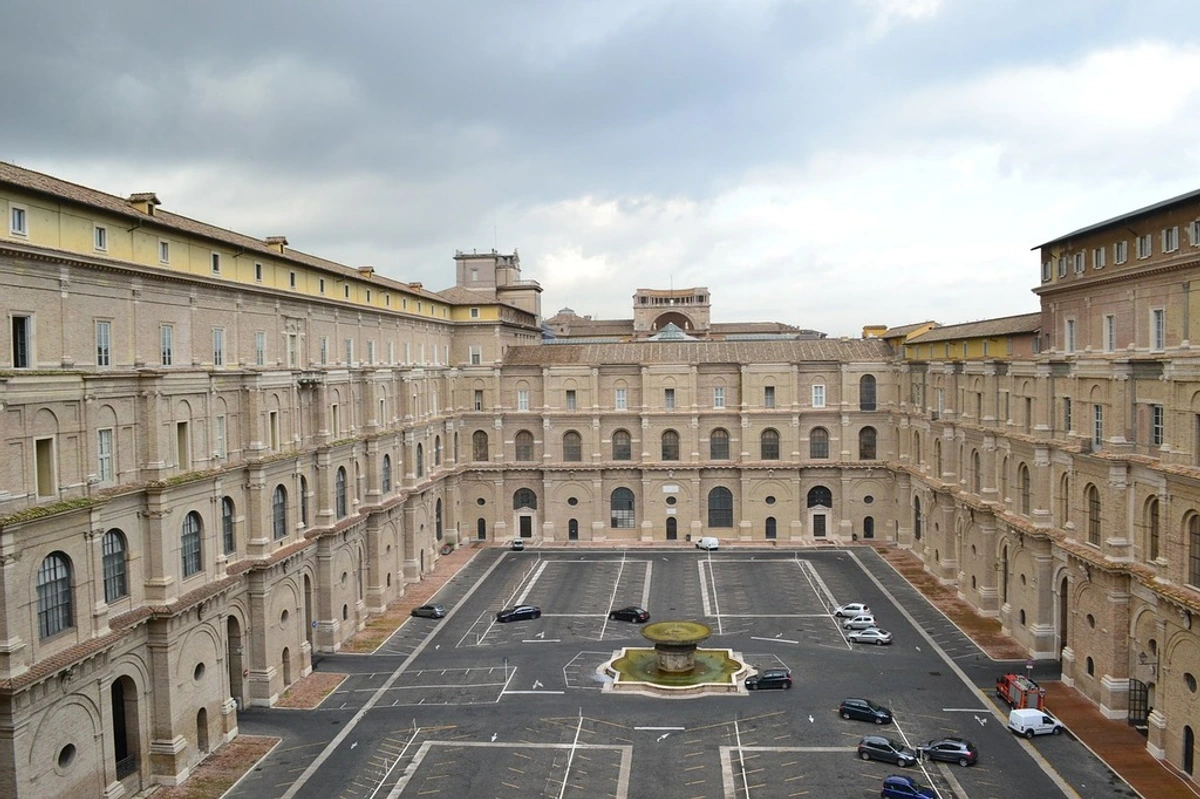
7. Vienna, Austria: Imperial Elegance and Secessionist Spirit
Where classical music meets groundbreaking modern art.
Vienna is synonymous with classical music and imperial grandeur, but its art scene is equally compelling. Home to the Kunsthistorisches Museum (packed with Old Masters), the Belvedere (housing Klimt's The Kiss), and the Leopold Museum (focusing on Austrian modernism, including Schiele), Vienna offers a refined yet vibrant cultural experience. The city was a hotbed of creativity during the Secessionist movement, and that spirit of innovation still lingers. This artistic explosion was deeply intertwined with the city's intellectual life, influenced by figures like Freud and Wittgenstein, exploring the depths of the human psyche and challenging traditional structures. Catching a performance at the State Opera or a classical concert is a must, but also explore the MuseumsQuartier for contemporary art and design. Vienna is easy to navigate via tram and metro, and its elegant streets are a joy to wander. Just try not to get too distracted by the Sachertorte – it's a cultural experience in itself, but maybe save it for after the museum. It's a city where elegance and intellectual curiosity intertwine.
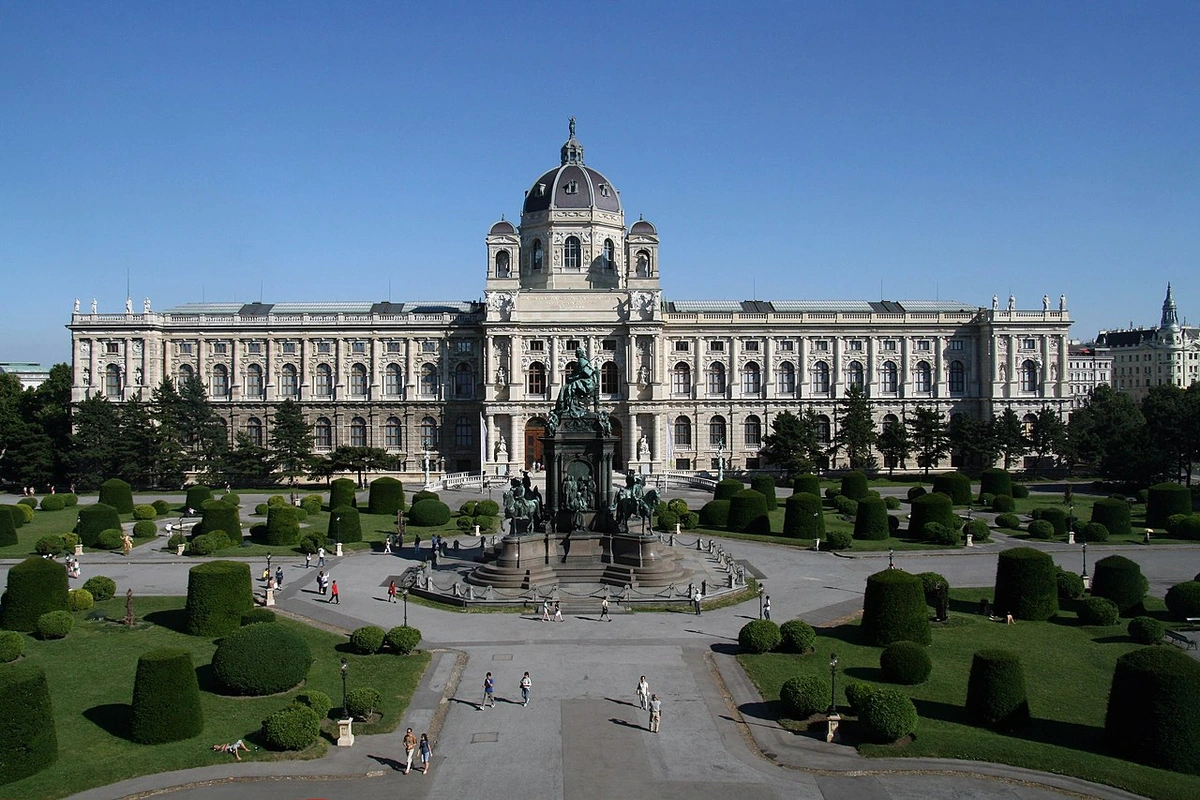
Other Notable Mentions:
- Kyoto, Japan: While Tokyo is the modern hub, Kyoto offers a serene immersion into traditional Japanese arts – from exquisite ceramics and textiles to calligraphy, tea ceremony, and garden design. Explore ancient temples, visit artisan workshops, and experience a different, quieter kind of artistic expression. It's a city that feels like a carefully crafted work of art itself.
- São Paulo, Brazil: A sprawling metropolis with a dynamic contemporary art scene, including the influential São Paulo Bienal and numerous galleries showcasing Brazilian and international artists. Its energy is raw and exciting.
- Cairo, Egypt: Home to the incredible Egyptian Museum (soon to be overshadowed by the Grand Egyptian Museum), Cairo offers unparalleled access to ancient art and artifacts, a journey back in time that is truly awe-inspiring. Navigating the city is an adventure in itself.
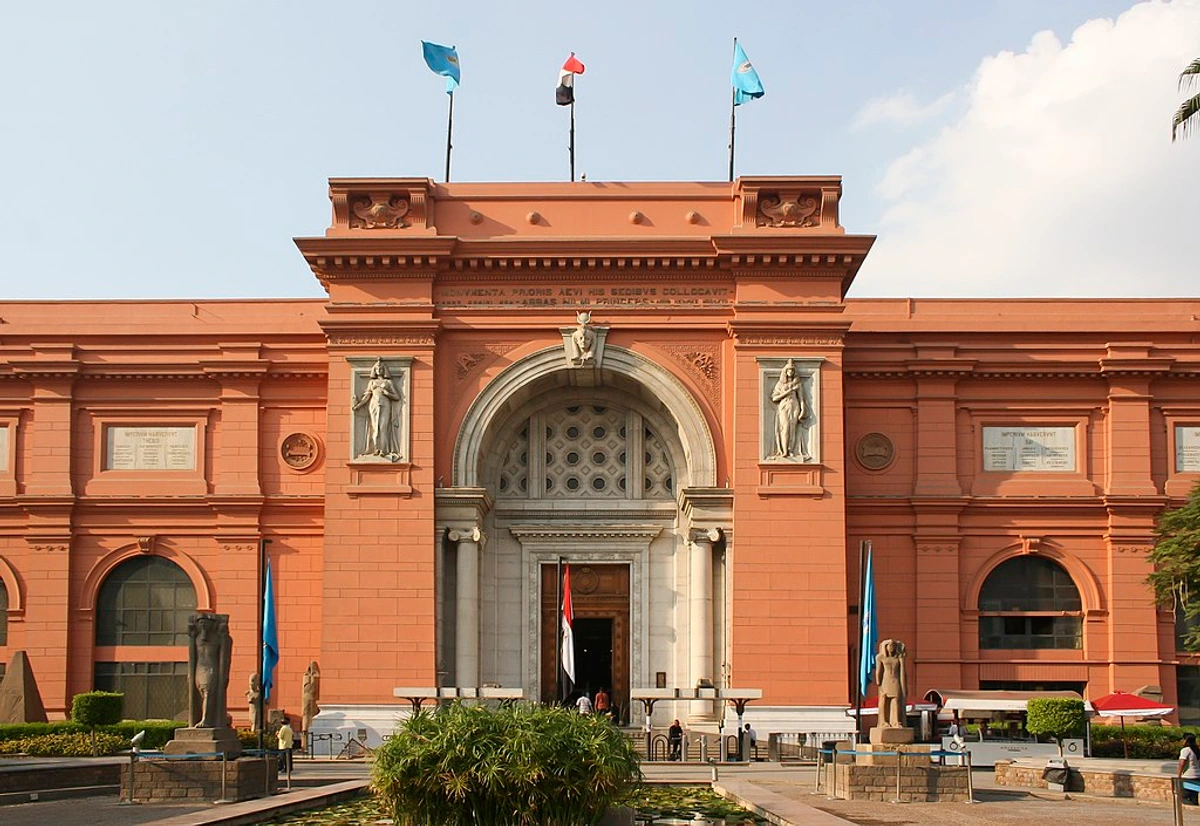
- Madrid, Spain: Home to the "Golden Triangle of Art" (Prado, Reina Sofía, Thyssen-Bornemisza), offering everything from Spanish masters like Goya and Velázquez to Picasso's Guernica and a vibrant contemporary scene.
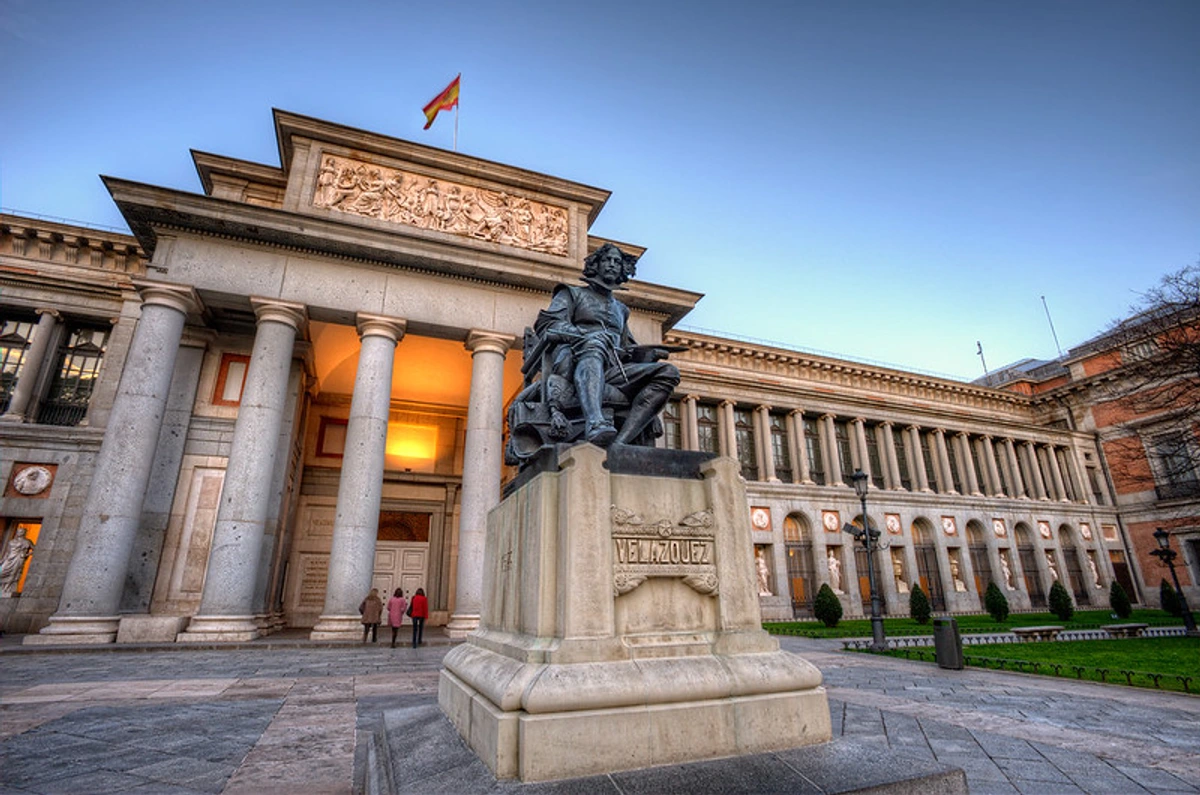
- St. Petersburg, Russia: Imperial grandeur and artistic treasures abound, most notably at the vast State Hermitage Museum, housed in the stunning Winter Palace.

- Chicago, USA: Known for its groundbreaking architecture, Chicago also boasts world-class institutions like the Art Institute of Chicago and a thriving gallery scene.
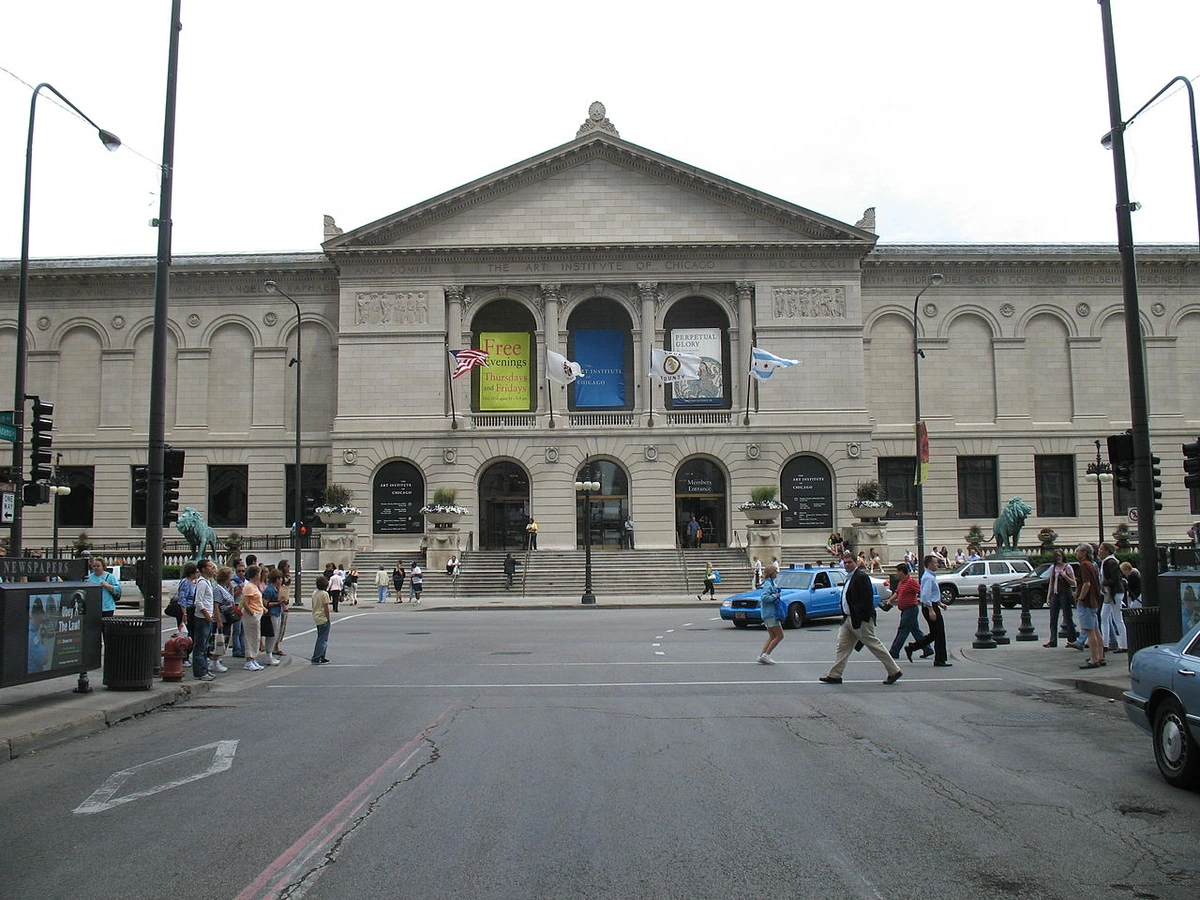
- Marfa, Texas: A minimalist art pilgrimage site in the high desert, home to large-scale installations by Donald Judd and others, offering a unique, remote art experience.
(Also consider: Istanbul, Seoul, Montreal, Buenos Aires... the list goes on! Consider these a starting point for your own explorations.)
How to Experience Arts & Culture Like a Local (Not Just a Tourist Who Complains About Queues)
So you've picked your city. Now what? Avoid the trap of just rushing between landmarks. To truly experience the arts and culture, you need to slow down, look around, and engage. Want to feel like you're really there? Try this:
Planning & Preparation
- Plan, But Don't Over-Plan: Book tickets for must-see museums/events in advance (seriously, save yourself the queue-induced existential dread). But leave room for spontaneity. Some of the best finds are accidental – that tiny gallery down a side street, that unexpected street performance. Embrace getting a little lost; sometimes the best discoveries happen when you're slightly off course. I once spent an hour trying to find a specific street art piece in London, only to stumble upon a whole hidden courtyard filled with incredible murals I'd never heard of. Worth it. Or maybe you just end up finding the best gelato shop instead. Also worth it.
- Check Local Listings: I always make sure to check city tourism websites, local magazines/blogs (Time Out is great in many cities), gallery websites, Eventbrite, and social media groups dedicated to arts in that city. Ask hotel concierges or Airbnb hosts. Don't just look for the big names; seek out performances that represent the local performing arts scene, perhaps in a smaller, independent theatre. I once found a hidden jazz club in Paris this way, and it was pure magic.
- Consider the Timing: Planning your visit around major art fairs (like Art Basel), biennales (like Venice), or local cultural festivals can completely transform your experience, offering unique exhibitions, events, and a palpable buzz in the city. Just be prepared for potentially higher prices and bigger crowds!
Exploring & Engaging
- Walk (A Lot): The best way to discover hidden galleries, street art, cool shops, and the general vibe of a neighborhood is on foot. Wear comfortable shoes. Seriously. Your feet will thank you, and you'll see things you'd miss from a bus or taxi. Plus, you might stumble upon some incredible architectural details you'd otherwise overlook. It's also a great way to work off all that amazing local food you'll be eating.
- Go Beyond the Big Museums: Seek out smaller galleries, university art museums, artist-run spaces, and studio buildings (if they have open days). This is often where you'll find emerging talent and more unique perspectives. Spotting emerging artists is a skill, and these places are prime hunting grounds. Don't be afraid to step inside, even if you feel a bit out of place – most gallery staff are happy to chat. I've had some fascinating conversations just by asking a simple question about a piece. You might even find a piece you love enough to consider buying.
- Visit Local Markets & Artisan Fairs: These aren't just for souvenirs. Many markets feature local artists and craftspeople selling their work directly. It's a fantastic way to see local styles, support creators, and maybe find a unique piece to take home. It's like a mini, informal gallery crawl! Plus, the food stalls are usually amazing.
- Talk to People: Chat with gallery owners, baristas, shopkeepers. Ask for recommendations. Locals often know the best-kept secrets, the places that aren't in the main guidebooks. You might even find out about a local art workshop or class you could join for an hour or two, getting your hands dirty and connecting directly with the creative community. Just be prepared for the occasional language barrier – charades can be a surprisingly effective communication tool.
- Learn Basic Phrases: Even a simple "Hello" or "Thank You" in the local language goes a long way. It shows respect and can open doors (sometimes literally!) to warmer interactions. Trying to pronounce a local artist's name correctly might earn you a smile. Or a confused look, but hey, you tried!
- Visit Different Neighbourhoods: Don't just stick to the city center. Explore diverse areas to get a fuller picture of the city's cultural fabric. Each neighborhood often has its own distinct artistic flavour, from the historic to the edgy contemporary. Research the history of specific art districts – understanding their evolution can add layers to your experience. It's like visiting several different cities rolled into one.
- Engage with Performing Arts: Don't just visit museums. Look for local theatre productions, dance performances, or live music venues. These are vital parts of a city's cultural heartbeat and offer a different kind of immersion. Maybe try a traditional music performance or an experimental dance piece – push your boundaries a little!
- Explore Culinary Culture: Food is art! Seek out local food markets, try traditional cooking classes, or simply sample street food. Understanding the local cuisine is a delicious way to connect with the city's history and community. I've learned more about a city's soul over a plate of street tacos or a perfectly brewed coffee than I ever expected.
- Look for Guided Tours: Consider taking a guided tour, especially one led by a local artist, historian, or cultural expert. They can offer insights you'd never find on your own and point you towards hidden gems. Street art tours, for example, are often led by artists or enthusiasts with deep knowledge of the scene.
- Use Social Media: Follow local galleries, museums, artists, and cultural organizations on platforms like Instagram. Hashtags like #[cityname]art or #[cityname]streetart can reveal current exhibitions, events, and hidden spots in real-time. It's like having a constantly updated, crowdsourced guide.
- Check for City Passes or Joint Tickets: Many cities offer passes that provide discounted or free entry to multiple museums and attractions. This can save money and encourage you to visit places you might not have considered otherwise. Just do the math to make sure it's worth it for your planned itinerary.
Slowing Down & Observing
- Embrace Museum Fatigue (It's Real): Don't try to see everything in one go. Pick a few key wings or specific artists/periods you're most interested in. Take breaks – museum fatigue is real! Consider a guided tour for focus. Remember, it's quality over quantity. Maybe just focus on understanding one painting deeply rather than rushing past hundreds. And allow yourself to just sit and people-watch; sometimes the visitors are as interesting as the art! I've definitely found myself staring blankly at a masterpiece after trying to cram too much in. It happens. It's okay to admit defeat and go find a nice cafe.
- Sit and Observe: Find a bench in a busy square, a quiet corner in a park, or a table at a cafe. Simply sit, watch the people, the architecture, the flow of the city. This quiet observation is a form of cultural immersion in itself, letting the city's rhythm seep into you. Sketching in a notebook or just letting your mind wander can be incredibly inspiring.
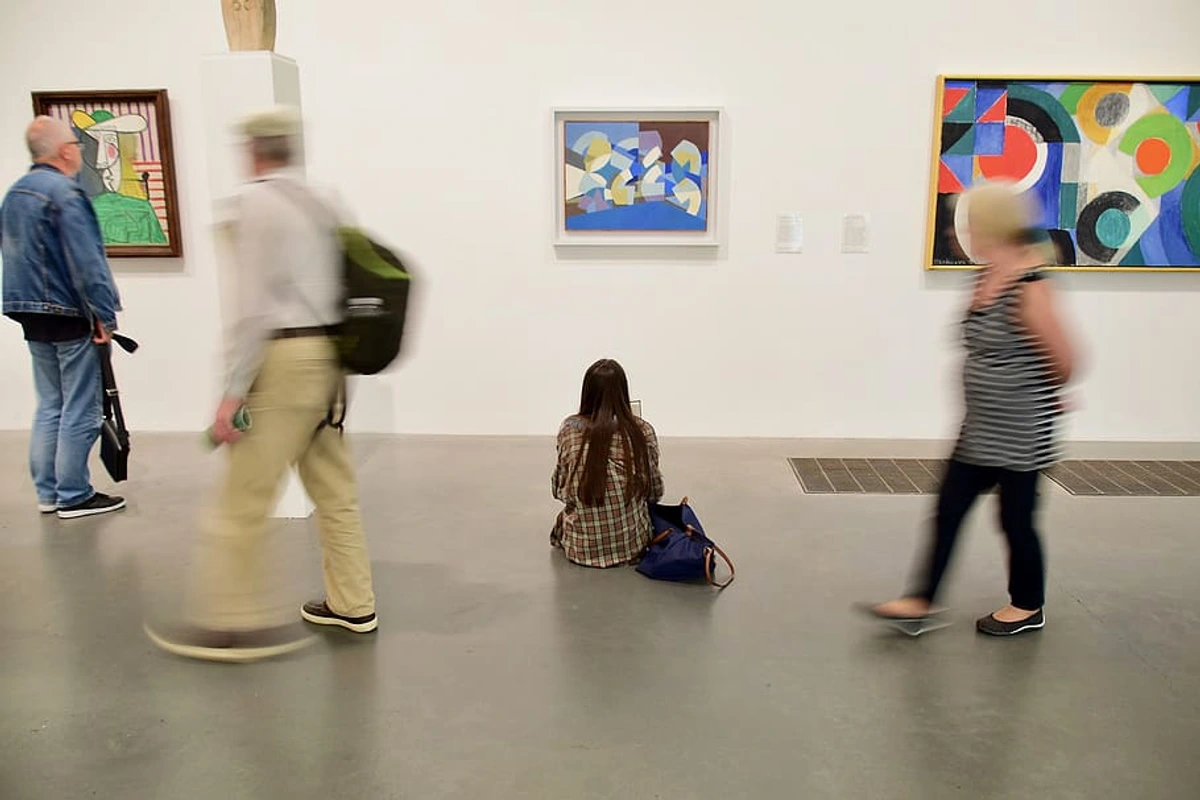
Bringing the Culture Home: Art in Your Own Space
Traveling and soaking in all this incredible art can be intensely inspiring. I often come back from trips buzzing with ideas, seeing my own work or surroundings differently. It makes you appreciate the power of art to transform a space and evoke emotion. For me, seeing the bold colours of a mural in Mexico City often feeds directly back into my own abstract paintings, influencing my palette and the energy I try to capture. The quiet contemplation in a Dutch master's work might inspire a new approach to composition or the use of light in my own pieces. The way light hits a building in Paris, the energy of a Tokyo street, the historical weight of Florence – these experiences don't just stay in my memory; they influence the shapes, colours, and feelings I try to capture on canvas. It's a dialogue across continents and centuries, a constant source of art inspirations. You can see how these journeys have shaped my own artist timeline, constantly feeding my work and perspective.
You might find yourself wanting to capture some of that feeling in your own home. Seeing unique contemporary pieces in a gallery in Berlin or a colourful abstract in a small Amsterdam studio might spark a desire to find something similar for your own walls. It's not about replicating a museum, but about finding pieces that resonate with you, remind you of your travels, or simply bring you joy. Whether it's buying your first piece or adding to a collection, bringing art into your life is a way to keep that cultural connection alive. Finding affordable original art online is easier than ever, letting you bring a piece of that global creativity right into your living room. Maybe even something colourful and abstract, perhaps? You can explore some options right here [/buy].
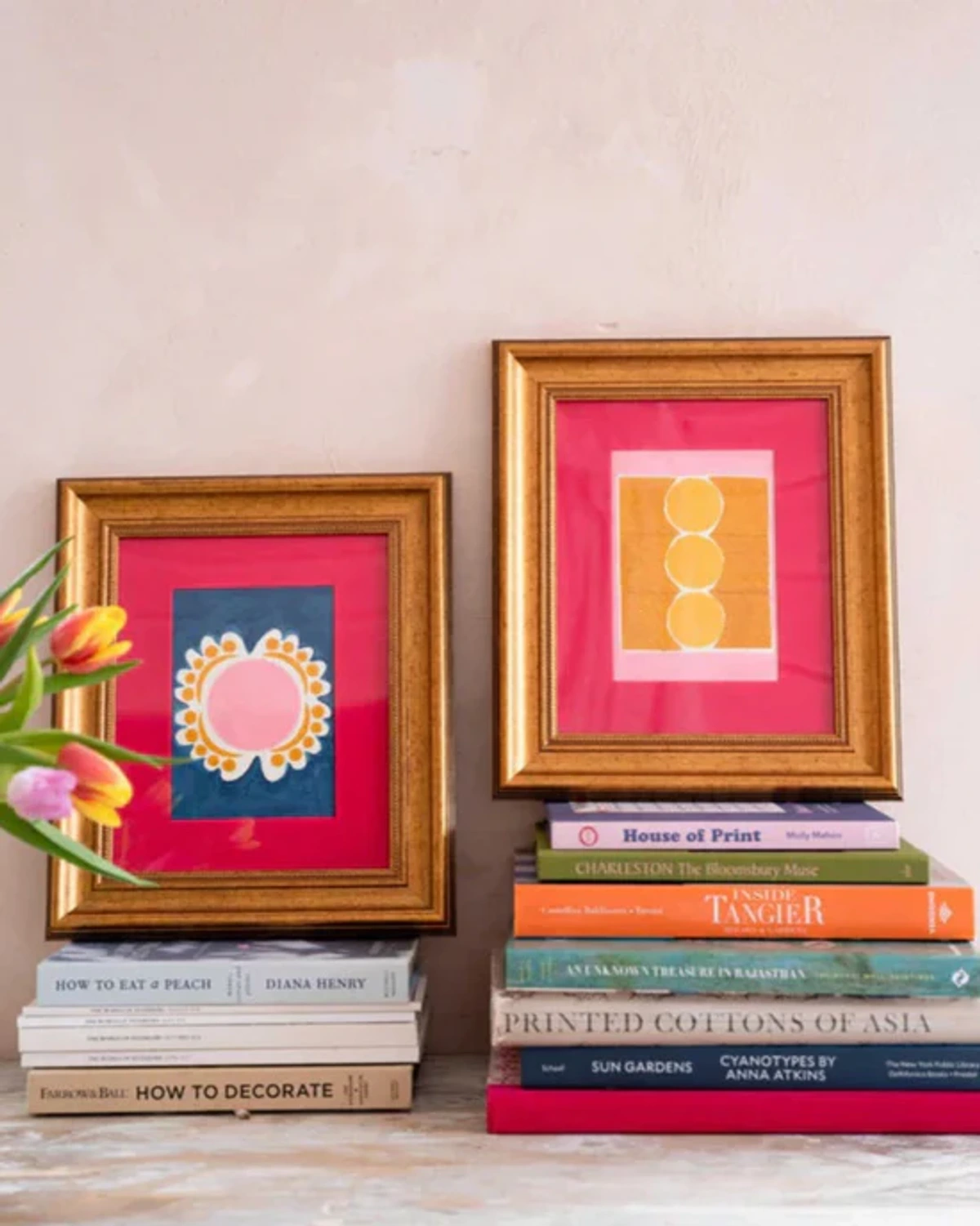
Frequently Asked Questions (Because You Probably Have Them)
Q: What is the #1 art city in the world? A: That's subjective! Paris, Florence, and New York consistently top lists, but the "best" depends on your interests (Renaissance vs. Modern, street art vs. Old Masters). Any of the "Titans" listed above are strong contenders, but don't overlook the unique energy of places like Berlin or Mexico City. The "best" is the one that speaks to you. I've found my personal "best" changes depending on what I'm looking for at the time.
Q: Are art trips expensive? A: They can be, but don't have to be. Many major museums have free admission days/evenings or affordable city passes. Focus on walking, enjoy street art (free!), pack picnics, and look for budget accommodation outside the absolute centre. Prioritize experiences over luxury. Exploring smaller galleries and local markets is often free or low-cost. I once spent a week in Berlin on a tight budget, and the street art and independent galleries kept me inspired without breaking the bank.
Q: How do I find out about local art events? A: Check city tourism websites, local magazines/blogs (Time Out is great in many cities), gallery websites, Eventbrite, and social media groups dedicated to arts in that city. Ask hotel concierges or Airbnb hosts. Don't be afraid to ask locals you meet – they often have the best tips! I've found some amazing pop-up shows just by chatting with a barista.
Q: How do I find out about specific types of art (e.g., street art tours, photography galleries)? A: For street art, look for dedicated walking tours or use apps like Street Art Cities. Photography galleries are often listed on city gallery guides or websites like LensCulture. Searching online for "[city name] photography galleries" or "[city name] street art tour" is a good starting point. Local art blogs or cultural magazines might also highlight niche scenes. You might even find workshops if you dig deep enough!
Q: Are there great art cities in smaller towns or less famous regions? A: Absolutely! Many smaller towns or regions have incredibly vibrant, focused art scenes, often centered around specific traditions, artist communities, or annual festivals. Think of places like Marfa, Texas (minimalist art), or the Dutch city of 's-Hertogenbosch with its focus on Hieronymus Bosch [/den-bosch-museum]. These places can offer a more intimate and sometimes more experimental experience than the major capitals.
Q: I'm overwhelmed by big museums. Any tips? A: Don't try to see it all! Pick 1-2 wings or specific artists/periods you're most interested in. Take breaks – museum fatigue is real! Consider a guided tour for focus. Remember, it's quality over quantity. Maybe just focus on understanding one painting deeply rather than rushing past hundreds. And allow yourself to just sit and people-watch; sometimes the visitors are as interesting as the art! And hey, if you accidentally fall asleep on a bench, you're probably not the first. It happens.
Q: Can I buy art while traveling? A: Absolutely! Especially from smaller galleries or directly from artists at markets. Just be mindful of shipping costs and logistics for larger pieces. Buying art prints can be an easier way to bring something home. Always do a little research on the artist if you can! And don't be afraid to ask about the artist's story – it adds to the piece's meaning. It's a fantastic way to support local artists and bring a piece of your journey home.
Q: How can I find free or low-cost art experiences? A: Look for public art (murals, sculptures), free museum days/evenings, gallery openings (often free wine!), walking tours focused on street art or architecture, and cultural festivals. Many smaller galleries don't charge admission. University galleries are often free too. Just wandering vibrant, creative neighborhoods can be an experience in itself. Sometimes the best art is just waiting to be stumbled upon on the street.
Q: Are there safety or cultural differences to be aware of when exploring art scenes abroad? A: Generally, art districts are safe, but like any travel, be aware of your surroundings, especially at night. Research local customs regarding dress codes for religious sites or formal institutions. Be respectful when taking photos (some places prohibit it, or require permission). Learning a few basic phrases in the local language is always appreciated and can help navigate interactions. And remember, what's considered "art" can vary wildly – keep an open mind!
Q: What about performing arts or culinary experiences? A: Absolutely include them! Look for local theatre, dance, or music performances. Check out food markets, take a cooking class, or go on a food tour. These are deeply cultural experiences that offer a different perspective on the city's creative soul. Don't just look at art; taste it, hear it, feel it move you.
Q: How do I navigate language barriers when engaging with the art scene? A: Don't be afraid to use translation apps! Many museums and larger galleries have information available in English or other languages. For smaller galleries or artist studios, a smile, pointing, and a few basic phrases go a long way. Sometimes, the art itself transcends language, allowing for a different kind of communication. And honestly, sometimes misunderstanding leads to a funny story later.
Go Forth and Explore (or Just Dream About It)
Whether you're planning your next big adventure or just armchair traveling, exploring the world's great art cities is endlessly rewarding. It broadens your horizons, sparks creativity, and connects you to history and humanity in a profound way. It reminds me why I make art in the first place – that shared human impulse to create, to express, to make sense of the world around us. It's a journey that's been a huge part of my own artist timeline, constantly feeding my work and perspective.
So, dive in. Get lost in laneways, stare at masterpieces until your eyes cross (or you fall asleep on a bench), discover your new favourite artist in a tiny gallery, and let the creative spirit of these incredible places inspire you. The world is full of art – go find it, and maybe, just maybe, it'll help you find a little more of yourself along the way. And if you find a piece you love, remember you can always bring a bit of that inspiration home [/buy]. Happy travels, and happy art hunting!




